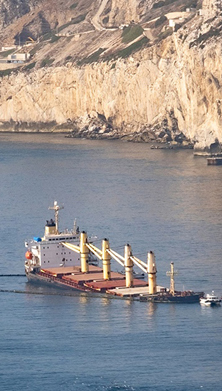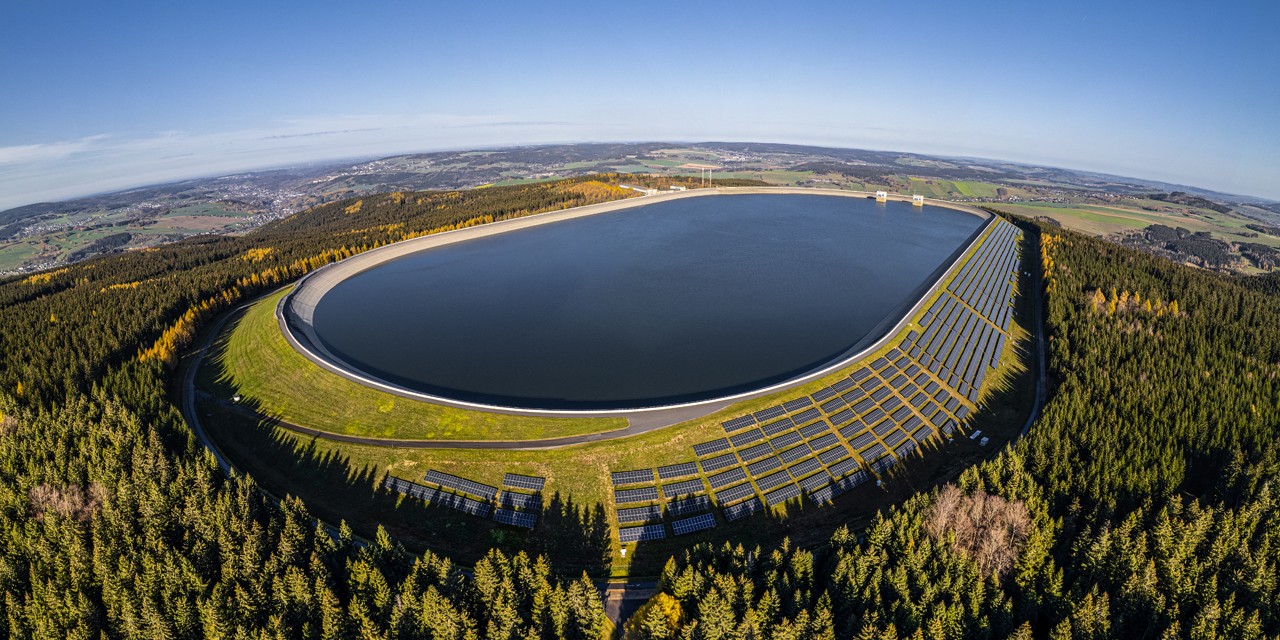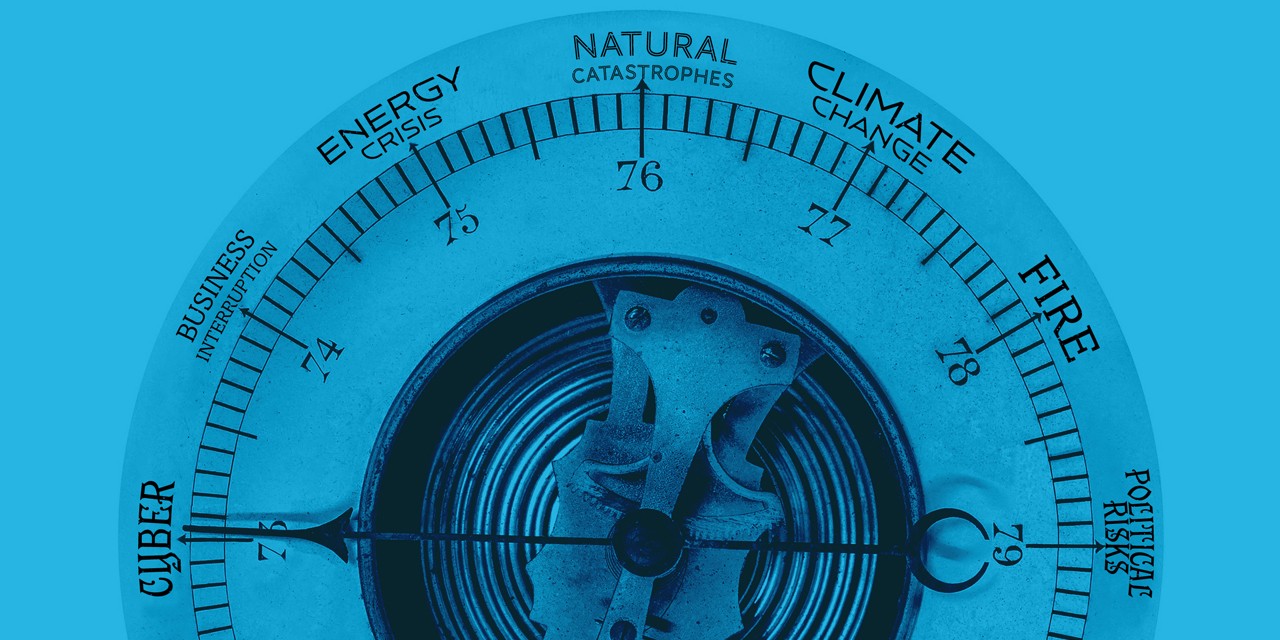1. Introduction
In recent years, companies have worked on pioneering approaches to move sustainability closer to their core business and financial key metrics. In order to achieve this, environmental and social resources are translated into financial values using the "Natural capital" and "Social Capital" methodology.
Using the concept of Natural Capital, businesses can understand the benefits from and impact on nature in financial terms, the associated risks and opportunities and are able to make better informed decisions, for its own sustainable growth and its natural surroundings. We investigate this emerging risk topic, as Allianz Global Corporate and Specialty may be your partner to explore the impact and dependencies related to Natural Capital Risks in the future.
2. Enabling value creation
The concept of Natural Capital defines the global stock of natural resources, which include water, soil and air as well as all living organisms. Natural Capital assets supply businesses with a wide range of resources and services, while currently these essential natural components are often underpriced or not given valuation at all.
Natural Capital is an extension of the economic notion of capital (resources which enable value creation) to goods and services provided by nature. Natural capital provides services like water catchment, erosion control and crop pollination, which in turn ensure the long-term viability of other natural resources.
The Natural Capital Coalition is the main collaboration platform of relevant stakeholders working on the further development and harmonization of different approaches to Natural Capital. Companies used to regard Natural Capital as an element of the corporate social responsibility program. However, more and more companies are considering Natural Capital now as a fundamental condition for their financial success.
From 2016 onwards, the Natural Capital Protocol and additional toolkits have been released to give further methodological guidance for business on how to approach the valuation of Natural Capital.


3. Business risks
Business interruption risk
For virtually all companies and sectors, the direct or indirect use of natural resources (e.g. clean water or pollination as an eco-service) is crucial for their value creation. Adverse availability and pricing of Natural Capital assets may therefore result in a business interruption.
A business interruption occurs in case the asset is
- no longer available or available to a limited extend (e.g. no or limited water supply)
- only available for a higher price (e.g. water prices increase, additional costs to transport water to the water-scarce regions)
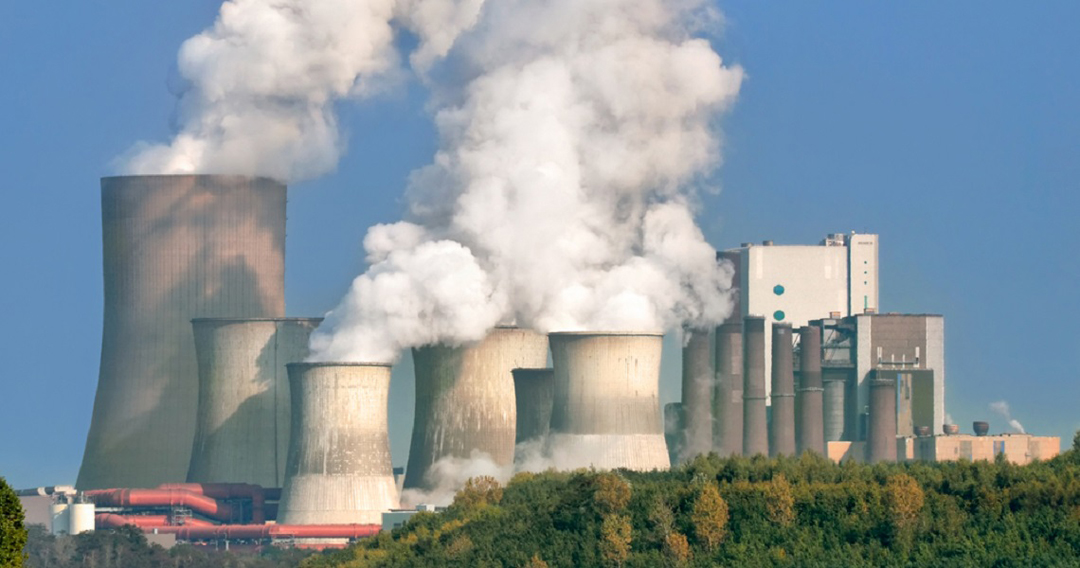
Business liability risk
At the same time, a company might not be able to impact an asset as it is used to, or has to pay a higher price for this impact. At the same time, third parties can potentially claim damage to assets they use (such as water sources). Therefore liability may arise in case the asset is:
- The impact is longer allowed or only to a limited extend (e.g. cap on emissions to air, water overuse causing scarcity)
- The imapct is only allowed at a higher price (e.g. higher/introduced market price for CO2, legal penalties and remdiation costs for local water overuse)
- The impact on an asset requires financial compensation to a third party (e.g. for water pollution to local communities)

4. Considering natural capital assets
Generally, business would need to consider impact and dependencies associated with the following five aspects of Natural Capital assets
- Biodiversity (diversity of flora and fauna in a given geography)
- Greenhouse gas (GHG) emissions (CO2, CH2, N2O, HFCs, PCFs and SF6 emissions)
- Non-GHG emissions (SO2, PM2.5, PM10, NH3, NOx and VOCs emissions)
- Waste (hazardous & non-hazardous waste)
- Water (water availability/amount and quality in a given geography)
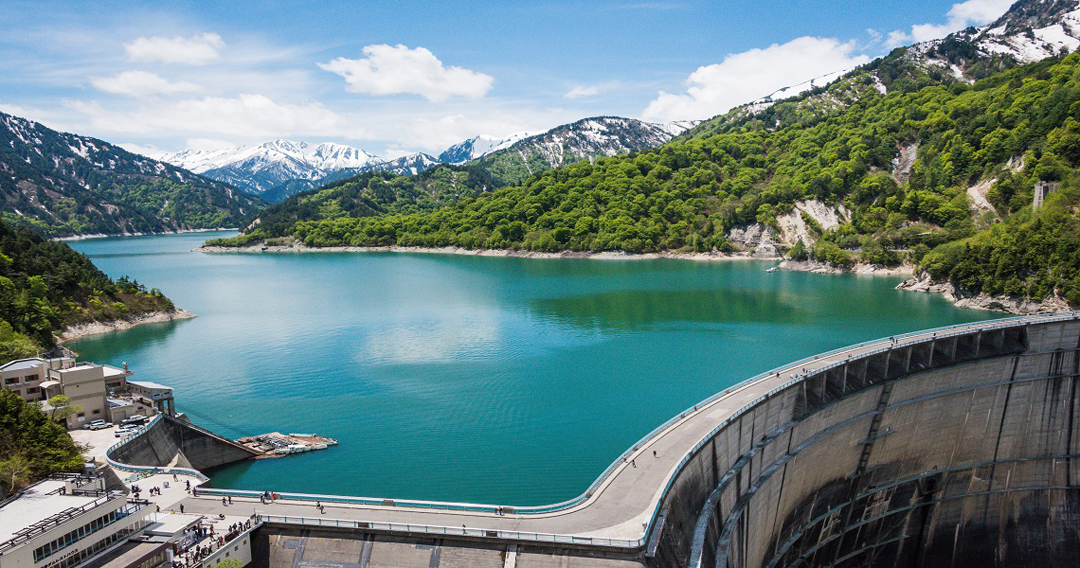
5. Impact and dependencies
The following impact and dependencies related to Natural Capital Risks appeared to be material. Related to Biodiversity:
- Dependency on biodiversity: The dependency a company has on flora and fauna, ranging from direct resource input (e.g. wheat, cotton, but also cattle or fish) to indirectly related biodiversity services (such as pollination).
- Impact on biodiversity: The impact a company has on flora and fauna by disturbing or limiting the quality and amount of flora and fauna through its operational activities, either directly (e.g. extinction of certain species) or indirectly (e.g. damaging the resistance of ecosystems through toxic emissions).
Related to emissions:
- Impact through GHG emissions: The impact a company has through its GHG emissions. This could be directly in its production process (e.g. heating of limestone for cement production) or indirectly in its supply chain (such as burning of fossil fuels for energy consuming processes and use of oil/oil-based products).
- Impact through non-GHG emissions: The impact a company has through its emissions of non-GHG materials. This could be directly in its production process or indirectly in its supply chain or consumption of products (such as NOx from blasting for open cut mining and burning of coal).

Related to water and waste:
- Dependency on water: The dependency a company has on sufficient amounts of clean water for its production processes and in its supply chain (such as water for the beverage industry or irrigation for crops).
- Impact on water: The impact a company has on the water body through water pollution from the production process as well as in its supply chain (e.g. the affluent discharge).
- Impact through waste: The impact a company has through its waste streams directly in its production processes or indirectly in its supply chain or consumption of products (such as electronic waste or packaging waste in a supply chain).

6. Risk materialization
Risks related to the Natural Capital assets generally materialize through one or a combination of the following factors:
- Social and political pressure
- Court rulings and legal changes
- Changes in the natural environment
Once a risk materializes, companies can suffer from material and immaterial damage such as liability costs, increased production costs, lost profit and business interruption - and worst case a total loss of the business at hand. The damage from these risks can be very significant and vary over different time horizons.

7. Risk mitigation
Other AGCS Publication
Recently, AGCS has conducted a sector research to get a better understanding of specific risks in twelve relatively exposed sectors when it comes to Natural Capital Risks. The following sectors are in scope:
Automotive / Apparel / Chemicals / Construction materials
Food & Beverage / Manufacturing / Mining / Oil & Gas
Pharmaceuticals / Telecommunications / Transport / Utilities
For more details on the topic, please refer to the AGCS publication:
Role of AGCS
In early 2018, AGCS will release detailed research, trusting it will be a supporting document for companies to develop a better understanding of Natural Capital Risks. In 2017, AGCS has contributed a number of activities in this realm: Allianz contributed to a White paper on the practical application of Natural Capital valuation (‘Operationalizing Impact Valuation’) and the related ‘Embankment Project’.
AGCS strives to support our clients’ management of the Natural Capital Risks and is open to approach innovative risk solutions where they do not yet exist.We are dedicated to deliver the best solutions to the management, control and reduction of ESG risks.
If you are interested to learn more, do not hesitate to get in touch: AGCSSustainability@allianz.com
The B Team “Leading Companies Advance Natural, Social Capital Conversation”, September 2017
The Embankment Project for Inclusive Capitalism www.inc-cap.com/embankment-project
The Natural Capital Coalition
The White Paper “Operationalizing Impact Valuation”, March 2017
The World Business Council for Sustainable Development “Leading companies share experiences and recommendations on impact valuation”, May 2017
Allianz Group companies
AGCS offices
Newsletter
Keep up to date on all news and insights from AGCS


